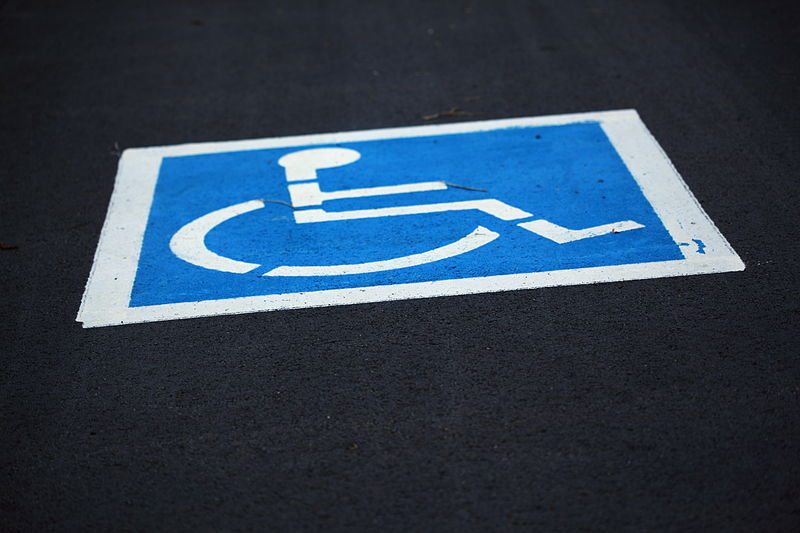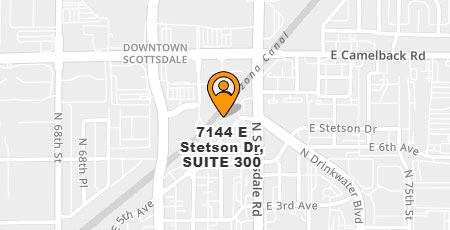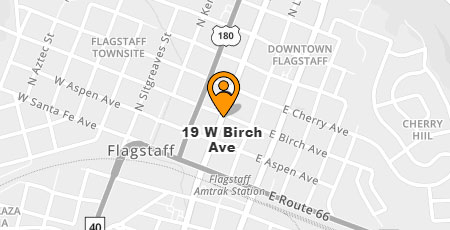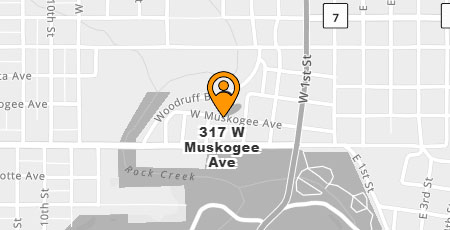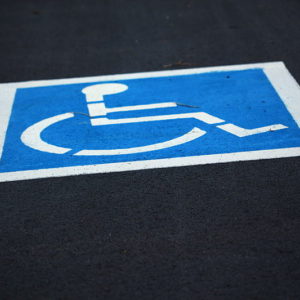
Wikicommons
By Jonathan Udell | Law Clerk at Rose Law Group
Just as Arizona found itself awash in a wave of Americans with Disabilities Act (ADA) compliance lawsuits, the U.S. Census Bureau released some sobering news. The number of people in wheelchairs is poised to grow, and quickly. By 2020, for the first time ever, there will be more people 65-years old or older than children under the age of 5.
The leading cause of lost mobility is osteoarthritis, which strikes in old age, and as the number of handicapped people increases, so will ADA lawsuits because of confusing regulations causing well-intentioned business owners to fall out of compliance Last March, Greyhound settled a lawsuit for $300,000 and Discount Cab is currently facing another. To avoid the risk of litigation, business owners should proactively ensure that their facilities are ADA-compliant with respect to wheelchairs, accessible vans and scooters.
Like many other ADA regulations, the rules governing van accessible parking have shifted in recent years. Under the 1991 standards, only one in every eight accessible parking spaces needed to be van-accessible. The 2010 Standards, however, changed the required ratio to one in six accessible parking spaces.
Such spaces are distinguished from other accessible parking in two ways. First, each van accessible space must be marked by a sign, posted at least five feet above the ground that states the space is van accessible. Second, van accessible spaces have different size requirements. Unlike other spaces, the combined width of a van space and its accompanying access aisle must be at least 16 feet. Spaces with a narrow access aisle, which is less than eight feet wide, must have a width of at least 11 feet. Meanwhile, if a space’s access aisle is greater than eight feet, the space itself need only be eight feet wide.
Additional requirements are imposed on parking garages. The 2010 ADA Accessibility Standards require the ceiling above all van-accessible spaces, access aisles and vehicle routes serving the van-accessible spaces to be at least eight feet and two inches high. Because of the potentially onerous ceiling requirement, however, the standards create an exception for the dispersion of van accessible parking. For multi-story parking garages, where each floor serves different businesses, the standards permit all van accessible spaces to be located on just one level of a complex.
To avoid facing suits seeking attorney’s fees for bringing the property into compliance with these ADA requirements, business owners should ensure their parking is ADA-compliant. The costs associated with changing the size of parking spaces and acquiring signs can be a lot less than settling ADA suits. Once faced with litigation, business will be required to pay fees and other costs, on top of the price of becoming ADA-compliant. An experienced ADA attorney can assist with compliance and navigating litigation in the event of a lawsuit.
You may also like:
What business owners need to know about American Disabilities Act compliance
Complying with the Americans with Disabilities Act signage requirements

